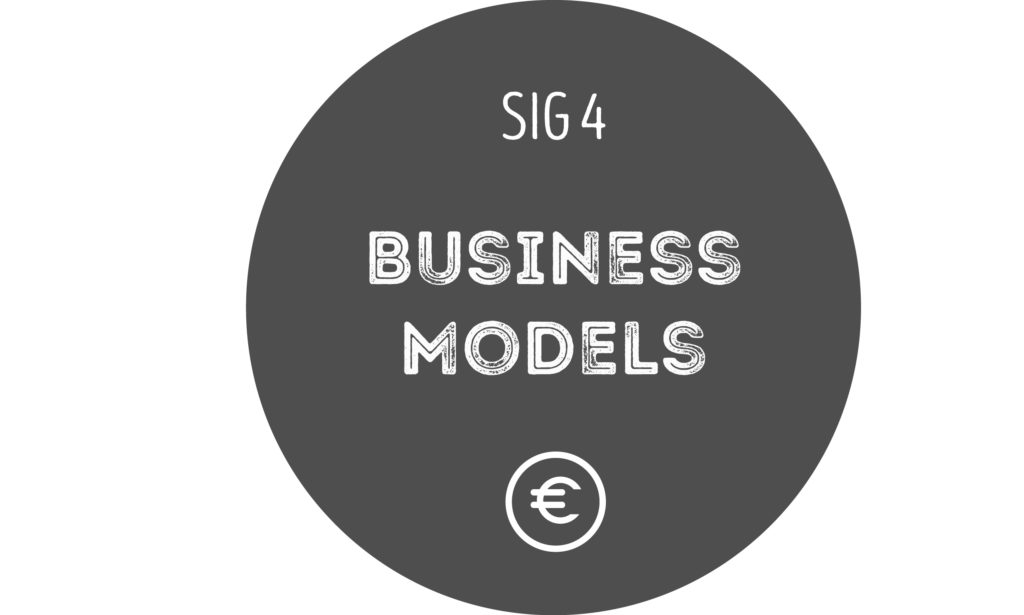Special Interest Group Business Models
BAMB developed new business models to enable a circular use of materials, building components and/or building elements as well as pragmatic operating models that support these business models.
Contact
For any later information exchange please contact the individual BAMB partners or Caroline Henrotay – Project Manager and Technical Coordinator, Bruxelles Environnement – Leefmilieu Brussel, e-mail: chenrotay@leefmilieu.brussels
Interview with Martijn Peters, IBM
Brussels, January 24, 2017
New Business models are often mentioned as crucial for a circular economy. Martijn, what kind of business models will be developed in BAMB?
A: Normally Business Models are developed for only one company, where its current and intended future position in the industry is discussed, what the value proposition is with the associated revenue model and what capabilities the company should have/ need to develop or in-source/ find appropriate partners. In BAMB we will develop a business model based on the 2 BAMB pillars “Material Passport” and “Reversible Building Design” where we would focus on creating a business model outline from an industry perspective. Therefore the value network approach, also used in the presentation used by VITO earlier today, will be used to understand the important business links between the current and emerging roles in the industry. There will be one BAMB business model, but with variants as we zoom into the roles that will redefine, or better disrupt the current ways-of-working in the construction industry.
With some recent developments in Sweden (VAT on reuse and labor, new CO2 taxes), Netherlands (tax depended on production and reuse of buildings) and USA (20% reuse in new buildings), we see that new legislation will directly drive reuse demand where a “material bank” will be required to meet the new and emerging demand. Many tenders already have reuse (or CO2 avoidance) conditions.
The BAMB business model will focus on “profitable” & “sustainable”. We will focus on the (digital) information required for this on 1. capturing data, 2. maintaining data and 3. exchanging data. There are different options we will need to consider, where we will look at, among others, collaborative model (based on sharing) and performance based constructs.
Example: the impact of performance based contracts (examples with KONE, Mitsubishi Elevators, Philips Lighting), regulatory/ legislation on CO2 footprint reduction in tendering, banks/ financiers that use circular credit ratings, etc.
How do the business models developed in BAMB relate to other already existing initiatives to develop new models?
A: Already many different business models have been described for a part of the roles in the construction industry and might already exist in different companies. But there are for sure new things included as legislation, regulatory rules, technology enablers, new emerging roles (like Urban Mining companies) that would influence the (integrated) BAMB business model(s).
Some examples:
Circular Architects – first looking at available used products before designing
Urban Miners – buying buildings and monetize on reuse of products, components and materials
Where do you see the greatest need for support from our stakeholders?
A: On a next Special Interest Group meeting we will organise a session on Business Models to explain the business model in more detail and the impact on the current roles in the industry. Through discussion and feedback we hope to clarify the main business model related questions, give some new insights and opportunities and receive feedback from the stakeholder network that would be of relevance when we will translate the business model (and variants) into a target operating model, where the practicality will be tested for sure.
Stakeholders can, at any time, always contact or participate in the business model Special Interest Group.

